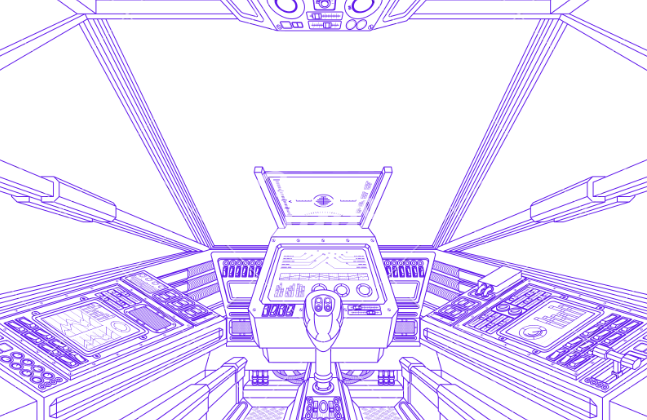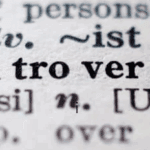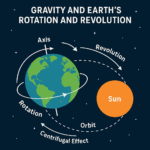
Why Are There No Video Recorders in Airplane Cockpits?

When it comes to flight safety, the black box, consisting of the Cockpit Voice Recorder (CVR) and Flight Data Recorder (FDR), plays a critical role. These devices help investigators piece together what went wrong in the unfortunate event of an accident. However, a question that often arises is: Why isn’t there a video recorder in the cockpit? After all, a video recording could provide a clearer picture of the events leading up to an accident. This blog post delves into the reasons behind the absence of video recorders in airplane cockpits, exploring the technical, ethical, and logistical aspects of the issue.
1. The Role of the CVR and FDR
Before we dive into the reasons for the lack of video recorders, it’s essential to understand the purpose of the existing recorders:
- Cockpit Voice Recorder (CVR): This device records audio from microphones located in the cockpit, capturing conversations between pilots, announcements made over the intercom, and any other sounds such as alarms and background noise. The CVR typically records the last two hours of audio.
- Flight Data Recorder (FDR): The FDR logs a vast array of data, including the aircraft’s speed, altitude, heading, and control inputs. This data is crucial in understanding the performance of the aircraft leading up to an accident.
These tools provide investigators with a wealth of information, helping them to reconstruct the sequence of events that led to an incident.
2. Privacy and Ethical Concerns
One of the most significant arguments against the installation of video recorders in cockpits is the privacy of the flight crew. Pilots, like all professionals, have a right to privacy in their workplace. A video recorder could be seen as an invasion of that privacy, creating a sense of being constantly monitored.
Furthermore, there are ethical concerns surrounding the potential misuse of video footage. There is a fear that such recordings could be leaked, leading to public scrutiny of the actions of pilots, even in cases where their actions were correct or had no bearing on the incident. This could cause undue stress and anxiety for pilots, potentially impacting their performance.
3. Legal and Regulatory Challenges
The introduction of video recorders in cockpits would require significant changes to international aviation regulations. The International Civil Aviation Organization (ICAO), which sets global standards for aviation safety, has not mandated video recorders, partly due to the lack of consensus on their necessity and effectiveness.
Moreover, labor unions representing pilots are generally opposed to video recorders. They argue that the current system of CVRs and FDRs is sufficient and that adding video surveillance would not necessarily enhance safety but could instead lead to a blame culture.
4. Technical and Logistical Hurdles
Implementing video recorders in cockpits also presents technical challenges. Unlike audio and flight data, video requires significantly more storage capacity, and ensuring that this data is securely stored and retrievable in the event of a crash is complex. The ruggedness of the black box is critical, as it must survive extreme conditions such as high-impact crashes, fires, and deep-sea submersion. Adding video data would require advancements in data compression and storage technology.
Additionally, there are logistical concerns about how the video data would be managed. Who would have access to the footage? How long would it be stored? These questions complicate the implementation of video recorders.
5. Statistical Evidence: Is It Necessary?
The primary argument for not including video recorders in cockpits is that the existing tools—CVR and FDR—are already highly effective in accident investigations. Statistics from organizations like the National Transportation Safety Board (NTSB) and the International Air Transport Association (IATA) show that the vast majority of accidents are thoroughly understood using the current technology.
For example, the NTSB has cited that in 93% of cases, the CVR and FDR provide sufficient information to determine the cause of an accident. This high percentage indicates that the addition of video may not significantly enhance the investigative process.
Furthermore, there is little evidence to suggest that video recordings would have prevented accidents or led to different conclusions in most cases. The focus is often on understanding systemic issues and human factors, which are well-captured by voice and data recordings.
6. Future Possibilities
While video recorders are not currently standard, there is ongoing research and debate about their potential benefits. Some experts argue that video could provide additional context, particularly in complex incidents where human factors play a significant role. For example, visual cues could help investigators understand pilot behavior, body language, and interaction with the cockpit environment.
Technological advancements could also make video recorders more feasible in the future, with better data compression, enhanced privacy protections, and more robust regulatory frameworks. However, as it stands today, the aviation industry prioritizes proven methods that balance safety, privacy, and practicality.
Conclusion
The absence of video recorders in airplane cockpits is not due to oversight but rather a careful consideration of privacy, ethics, and practicality. The existing tools—CVRs and FDRs—are highly effective in helping investigators determine the causes of accidents. While the idea of video recorders is intriguing, the aviation industry has yet to see a compelling reason to introduce them, especially given the significant challenges involved.
As technology evolves and the conversation around privacy and safety continues, it’s possible that we may see changes in the future. For now, however, the industry remains focused on maintaining the delicate balance between ensuring safety and respecting the privacy and professionalism of flight crews.
Hello, I am Aman (: Full Time Traveler :) At the age of 41, in April 2023, fueled by my love for travel and the determination not to remain fixed like a tree, I embarked on a bold journey. Having dedicated 17 years to a corporate job, I chose to transition from a full-time employee to a full-time traveler, driven by the desire to break free from the routine and constraints of a conventional life. Along the way, I not only explored the wonders of travel but also uncovered the transformative power of financial freedom. I realized how it could liberate me to lead a life teeming with adventure, purpose, and fulfillment. Through my blogs, I am passionately sharing my story, aiming to inspire and provide valuable guidance to those, like me, who aspire to weave travel into a life overflowing with limitless possibilities.






















Post Comment
You must be logged in to post a comment.